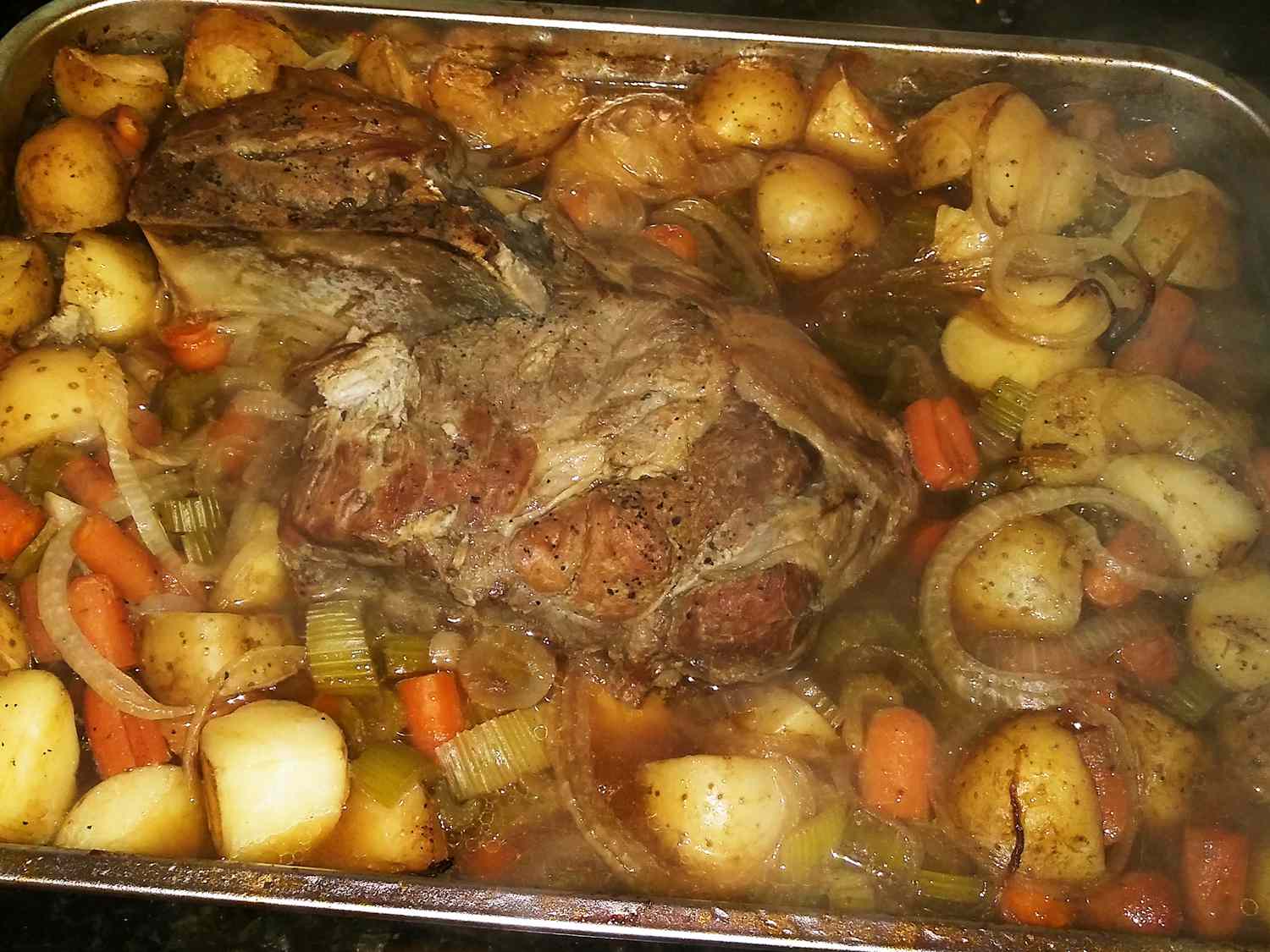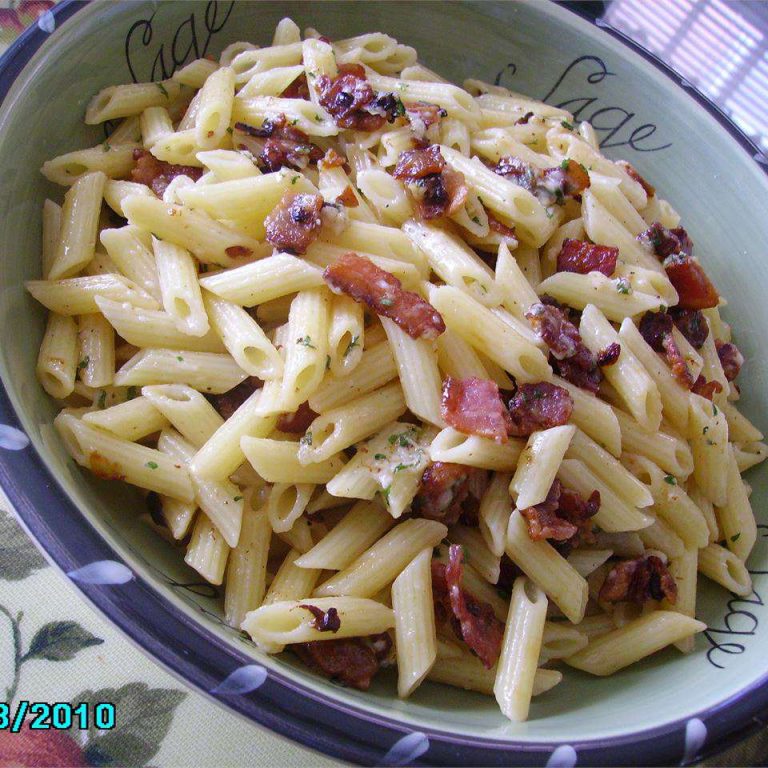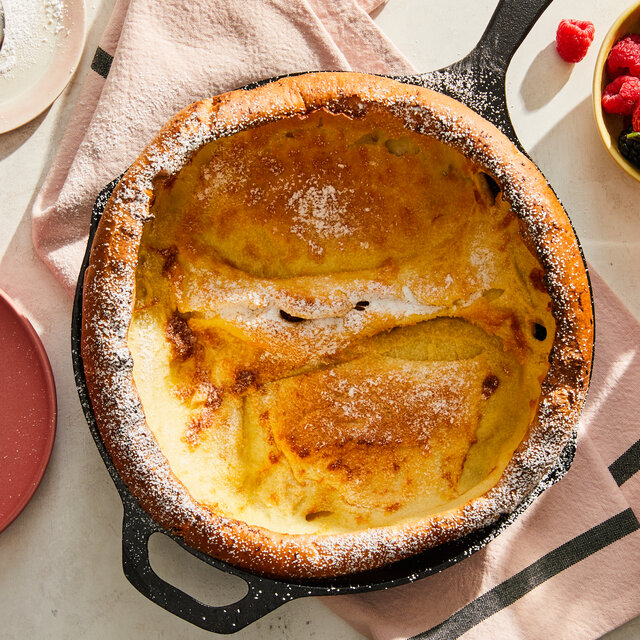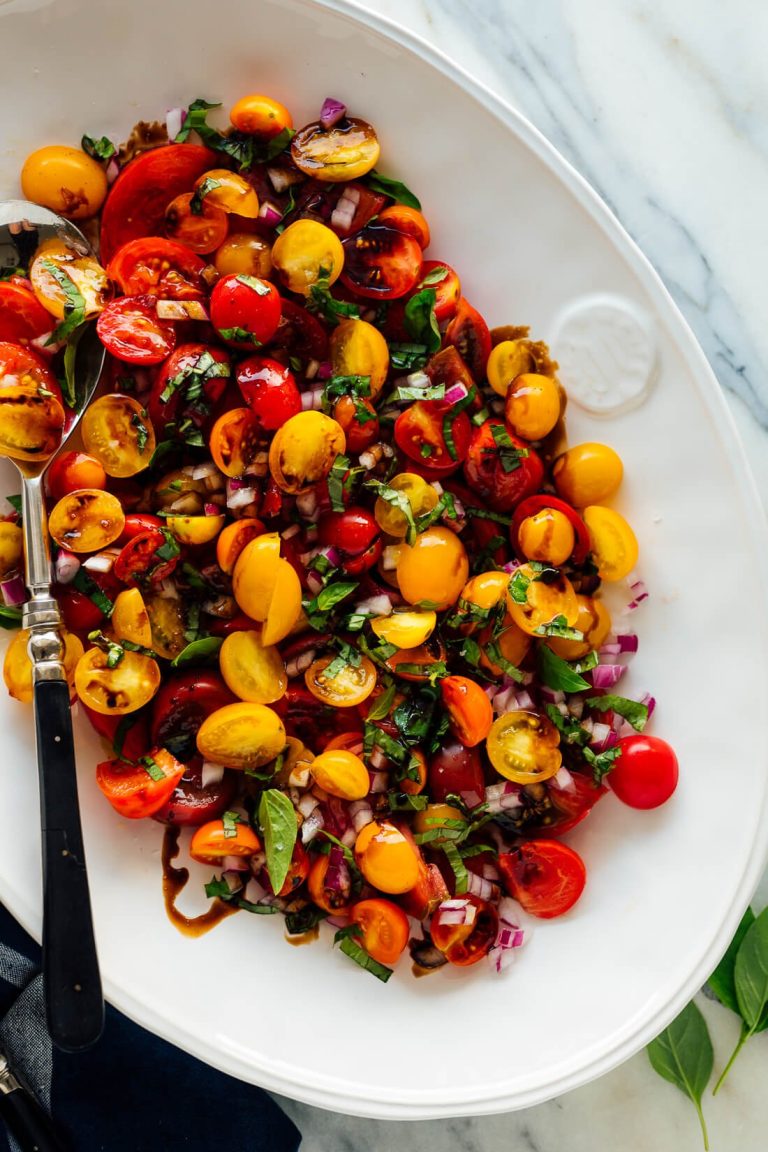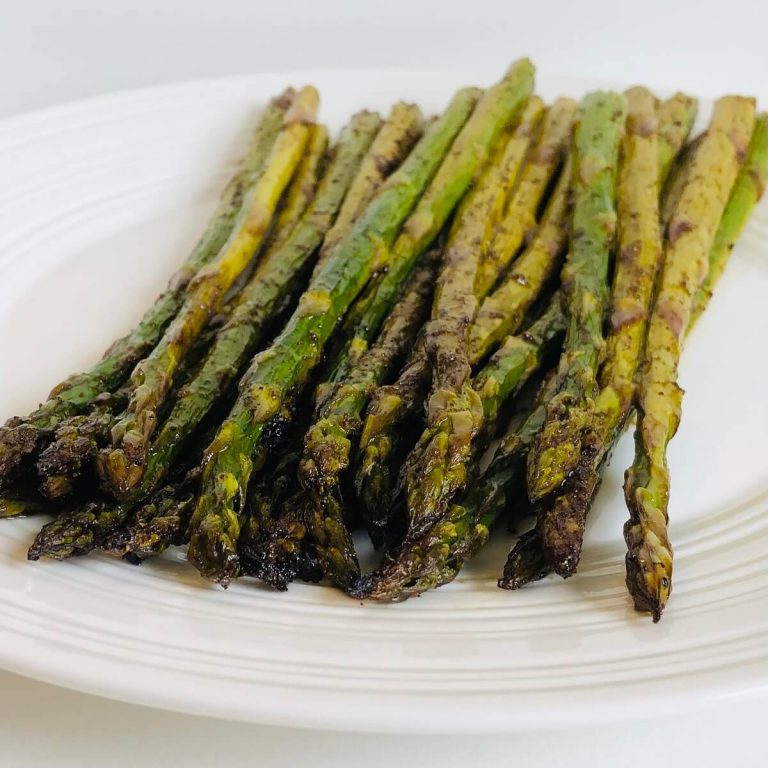Pork Butt Roast With Vegetables: Recipes, Tips & Serving Ideas
Pork butt roast, also called Boston butt, comes from the upper part of the pig’s shoulder. Despite its name, it doesn’t come from the rear of the pig. This cut includes marbled fat, contributing to its rich flavor and tenderness. You get juicy, flavorful meat when slow-cooked, making it ideal for various recipes including roasts and pulled pork. Pork butt roast is often found in grocery stores and butcher shops.
Best Cuts for Roasting
When roasting pork butt, consider the marbling and size of the cut. Here are the best cuts to ensure a tender, flavorful roast:
- Boston Butt: This cut has excellent fat distribution, enhancing flavor and juiciness.
- Picnic Shoulder: Usually a bit leaner than Boston Butt, it still offers good flavor but may need more tenderizing.
- Whole Shoulder: Combining the Boston Butt and Picnic Shoulder, this cut is ideal for large gatherings due to its size and flavor profile.
Ensure your chosen cut has a good balance of meat and fat to achieve the best roasting results. You enhance the overall taste and texture by selecting the proper cut.
Preparing Pork Butt Roast With Vegetables
Choosing the Right Vegetables
Selecting the right vegetables enhances the flavor of your pork butt roast. Opt for hearty vegetables that can withstand long cooking times without losing texture. Ideal choices include:
- Carrots: Add sweetness and color.
- Potatoes: Contribute a starchy, filling element.
- Onions: Provide depth and natural sweetness.
- Celery: Adds a subtle earthy flavor.
- Parsnips: Introduce a nutty complexity.
Chop vegetables into uniform pieces to ensure even cooking.
Seasoning and Marinades
Proper seasoning and marinades elevate the taste of your pork butt roast. Consider the following:
- Salt and Pepper: Basic but essential for highlighting pork’s natural flavors.
- Garlic: Adds pungency and depth.
- Herbs: Thyme, rosemary, and bay leaves pair well with pork.
- Olive Oil: Helps in browning and adds richness.
- Acid: Lemon juice or vinegar tenderizes the meat and balances richness.
Marinate the pork for at least four hours, preferably overnight, to allow flavors to fully penetrate.
Cooking Techniques
Oven Roasting
Oven roasting enhances the flavors of pork butt roast. Preheat your oven to 325°F (163°C). Season the pork with salt, pepper, garlic, and herbs. In a large, oven-safe Dutch oven, heat olive oil over medium-high heat. Sear the pork for about 5 minutes per side until golden brown. This step locks in the juices.
Place carrots, potatoes, onions, celery, and parsnips around the pork. Pour in a cup of chicken broth or water. Cover the Dutch oven and roast in the preheated oven for 3.5-4 hours, until the pork reaches an internal temperature of 195°F (90°C) and easily shreds with a fork. Remove the lid during the last 30 minutes for a caramelized crust.
Slow Cooking Options
Slow cookers simplify the process while maintaining tenderness and flavor. Season the pork with salt, pepper, and garlic. Sear the meat in a hot skillet for about 4-5 minutes per side, then transfer to the slow cooker.
Add vegetables like carrots, potatoes, onions, and celery around the pork. Pour in a cup of chicken broth to keep the meat moist. Cook on low for 8-10 hours or on high for 4-6 hours. The pork is ready when it reaches an internal temperature of 195°F (90°C) and falls apart easily. For added flavor, deglaze the skillet with broth before adding it to the slow cooker.
Serving Suggestions
Pairings and Side Dishes
Enhance your pork butt roast with complementary side dishes. Popular choices include mashed potatoes, roasted vegetables, and coleslaw. Mashed potatoes provide a creamy texture that balances the savory roast. Choose hearty vegetables like carrots, Brussels sprouts, and green beans for roasting alongside the pork. Coleslaw adds a refreshing crunch and slight acidity that contrasts the rich flavors of the pork.
Consider serving grain-based sides for added variety. Rice pilaf and quinoa salads pair well with the roast. Rice pilaf absorbs the flavorful juices from the pork, enhancing the overall meal. Quinoa salads, mixed with fresh herbs, nuts, and dried fruits, offer a healthy and vibrant side.
Include sauces and condiments to elevate the meal. Applesauce, barbecue sauce, and mustard-based sauces complement the roast’s flavors. Applesauce provides a sweet counterbalance, while barbecue sauce adds a smoky depth.
Presentation Tips
Present your pork butt roast in an appealing manner to impress your guests. Start by slicing the roast against the grain for optimal tenderness. Arrange the slices on a large platter, fanning them out for a visually pleasing effect. Surround the meat with the roasted vegetables to create a colorful and inviting spread.
Garnish the dish for added visual appeal. Fresh herbs like parsley, thyme, and rosemary not only enhance the presentation but also contribute additional aroma. Sprinkle chopped herbs over the roast and vegetables for a fresh finish.
Consider using serving dishes that complement your meal. Rustic, wooden cutting boards create a homely feel while porcelain platters offer a more refined look. Ensure the serving dishes are large enough to accommodate the roast and sides without overcrowding.
Conclusion
Creating a mouthwatering pork butt roast with vegetables isn’t just about following a recipe; it’s about understanding the nuances of flavor and presentation. By selecting quality ingredients and employing the right cooking techniques, you’ll ensure a tender and flavorful roast every time. Pairing your dish with complementary sides like mashed potatoes or coleslaw elevates the meal, making it a feast for both the eyes and the palate. With these tips, you’re well-equipped to serve a dish that’s not only delicious but also visually stunning, impressing your guests with every bite.
